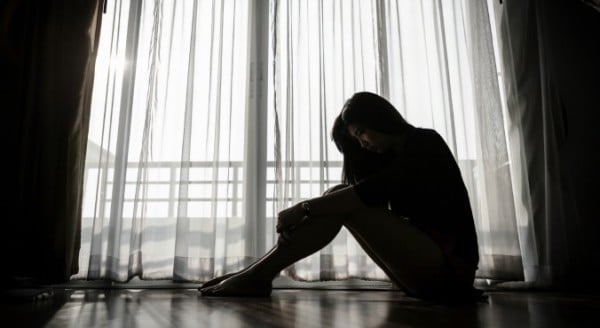
Image via iStock.
Maarten Immink, University of South Australia.
One in six Australians will have a stroke in their lifetime. That’s about 51,000 strokes per year, or one every ten minutes. Worldwide, stroke is the second most common cause of premature death, after heart disease, and is the leading cause of disability among adults.
During a stroke, the blood supply to the brain is interrupted by a blocked or ruptured blood vessel. Cells in the brain are deprived of oxygen and nutrients, causing them to die. Damage is localised to the area of brain where the blood supply was interrupted. But in cases where the blood vessel has ruptured, bleeding increases pressure in the brain region, causing greater damage.
Symptoms of stroke include drooping of the face or mouth, loss of feeling and movement in the arms, and a loss of ability to speak clearly and or understand what others are saying. Only a doctor can diagnose a stroke but contact emergency services immediately if it’s suspected. The longer a stroke is untreated, the higher the likelihood of long-term brain damage. (Post continues after gallery.)
#YogaPorn
Strokes may cause long-term difficulties with attention, decision-making, memory, speech, understanding others, movement and balance. While these difficulties are typically targeted in rehabilitation and long-term stroke management approaches, other less obvious consequences of stroke, such as poorer emotional well-being, may not be appropriately addressed.


